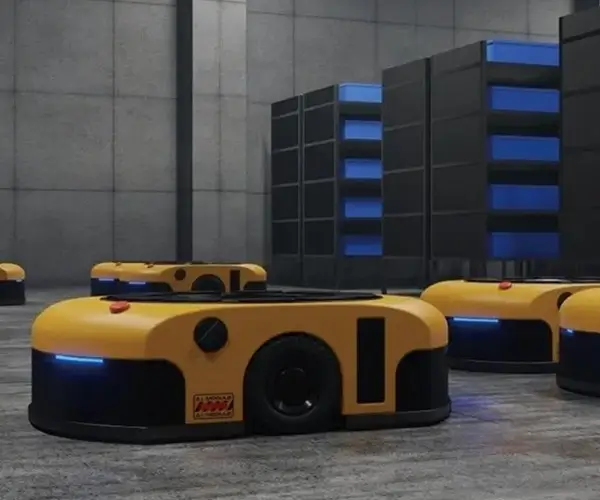Imagine you're building a sprawling e-commerce platform, or maybe a complex booking system. Things get tricky fast when you have dozens of microservices talking to each other. That's where the saga pattern in Java steps into the spotlight. It's like having a reliable conductor for your microservices orchestra, making sure everything stays in harmony even when a single note goes off-key.

Think about it — in traditional systems, if one service fails midway, you often end up losing data or facing inconsistencies. Not ideal, right? The saga pattern comes to save the day by breaking down transactions into smaller, manageable parts and coordinating them via choreography or orchestration. Java frameworks like Spring Boot make this process smoother, letting you package each step of a saga as a small, self-contained service.
Picture this: a user places an order, then payment is processed, inventory updates, and shipping gets arranged. Each step can succeed or fail independently, but the system still keeps everything in sync. When something fails, the saga pattern kicks in with compensating transactions—like undoing a payment or rolling back inventory—so your data stays consistent without manual intervention.
But wait, you might ask — isn’t that complex to implement? Sure, at first glance, it might seem intimidating. But with Java’s rich ecosystem of libraries, like Spring Cloud and Axon Framework, setting up a saga becomes almost intuitive. It’s like assembling Lego blocks—piece by piece, you build a resilient, fault-tolerant system.
One thing that often trips people up: how do you choose between choreography and orchestration? Choreography relies on services emitting events and reacting autonomously, which makes the system more decoupled but harder to control. Orchestration, on the other hand, has a central component guiding the steps—think of it as the script director. Depending on your project's needs, one might be more suitable than the other.
Thinking about real use, dozens of businesses have adopted saga patterns to handle high-volume transactions securely. They report fewer inconsistencies, better fault recovery, and a fluid customer experience even when things go haywire. It’s not magic—just good engineering with Java.
So, why should this matter? Because a well-designed saga pattern can transform your microservices architecture into a powerhouse that handles failures gracefully and scales smoothly. It’s about turning chaos into control in your system, making sure each microservice plays its part without causing a domino effect if something breaks.
In the end, it’s about seeing the big picture—building systems that breathe, adapt, and hold strong through the storm. When you’re ready to make that leap, understanding how Java and saga patterns fit together can be the game-changer.
Established in 2005, Kpower has been dedicated to a professional compact motion unit manufacturer, headquartered in Dongguan, Guangdong Province, China. Leveraging innovations in modular drive technology, Kpower integrates high-performance motors, precision reducers, and multi-protocol control systems to provide efficient and customized smart drive system solutions. Kpower has delivered professional drive system solutions to over 500 enterprise clients globally with products covering various fields such as Smart Home Systems, Automatic Electronics, Robotics, Precision Agriculture, Drones, and Industrial Automation.




































